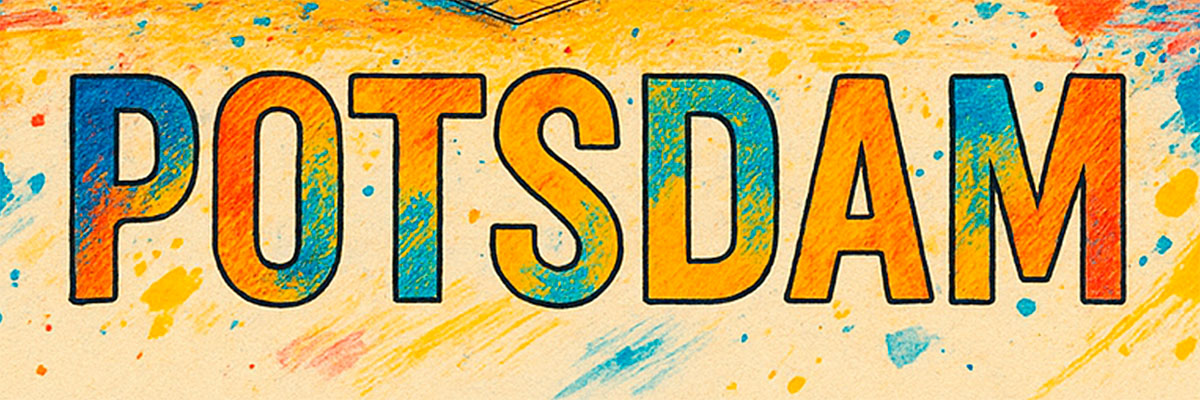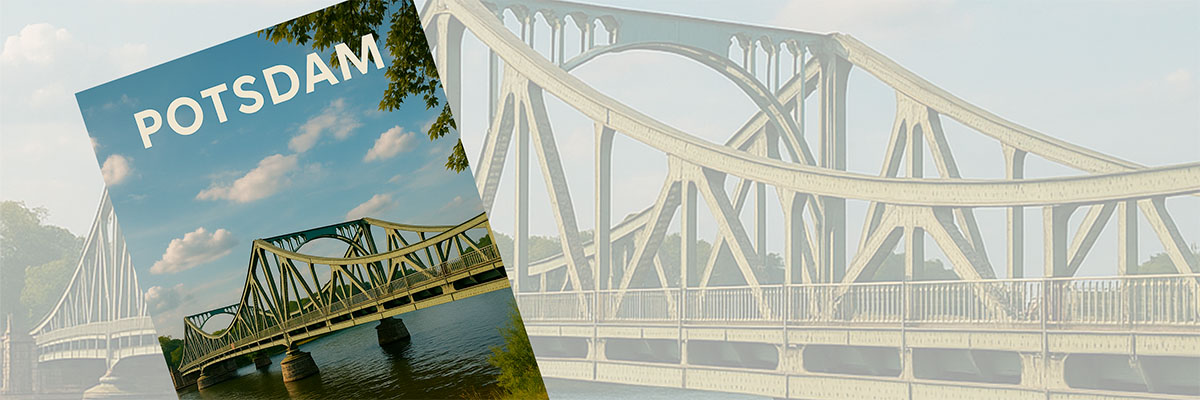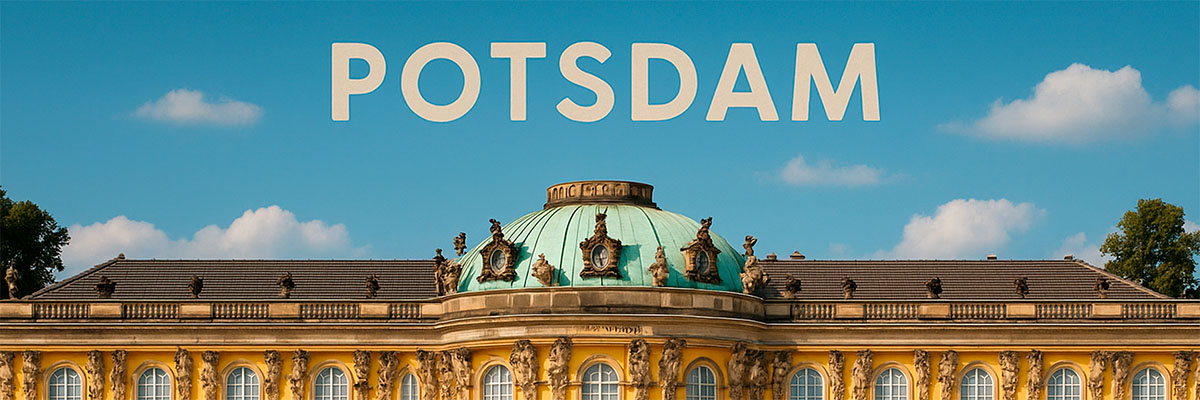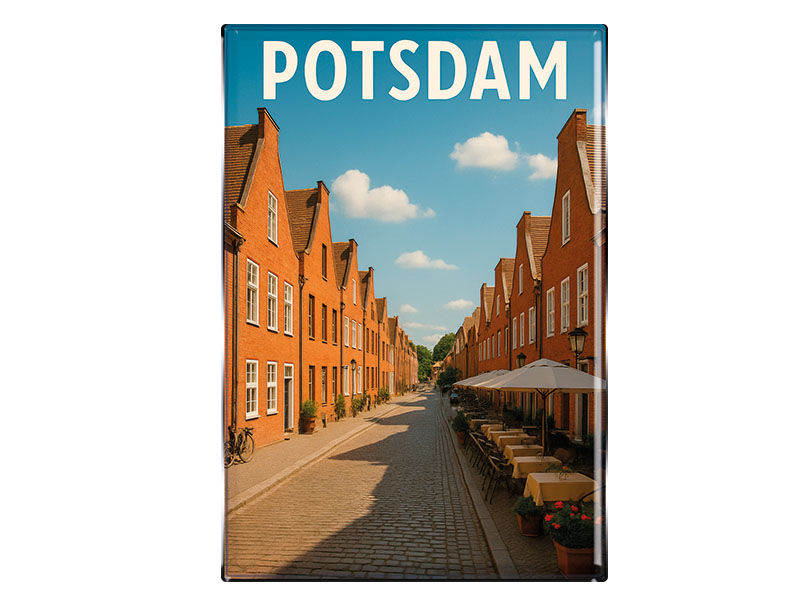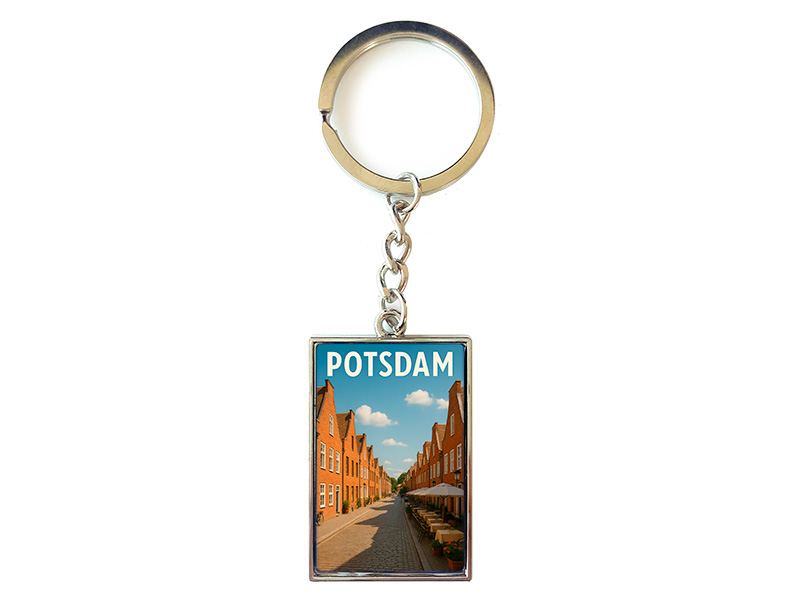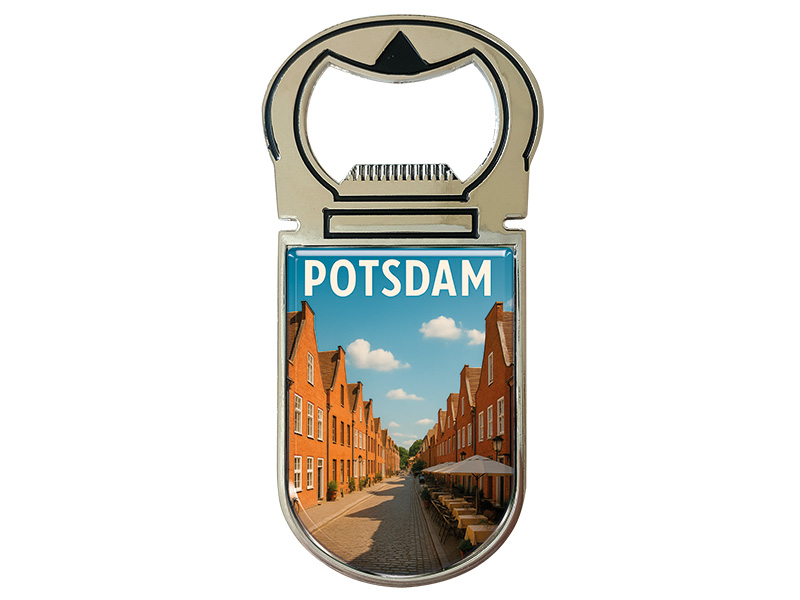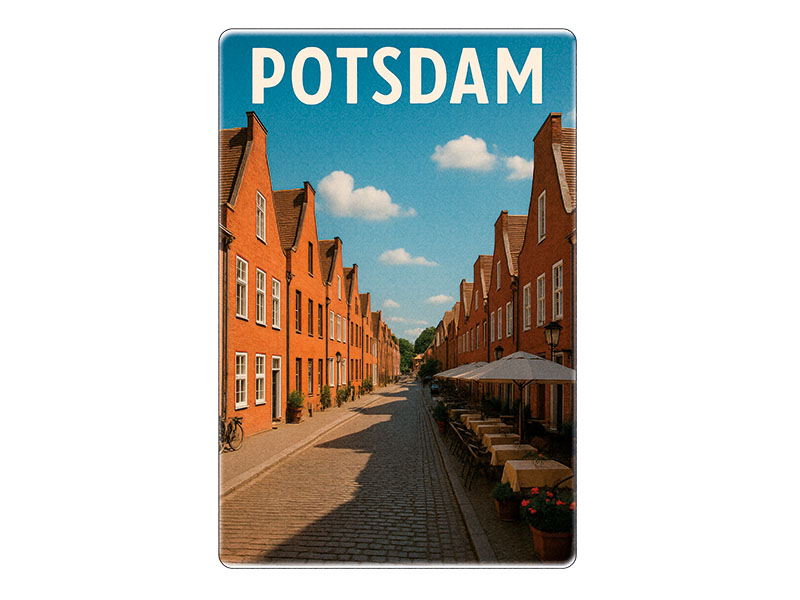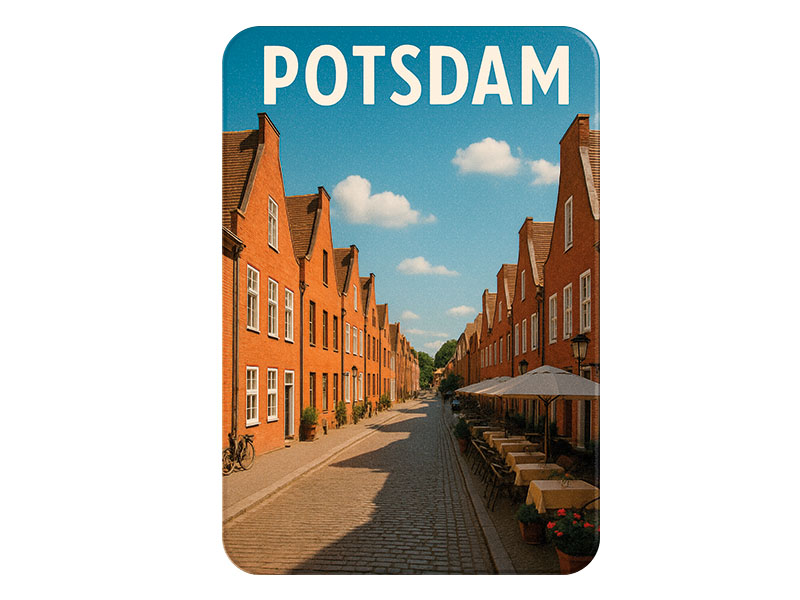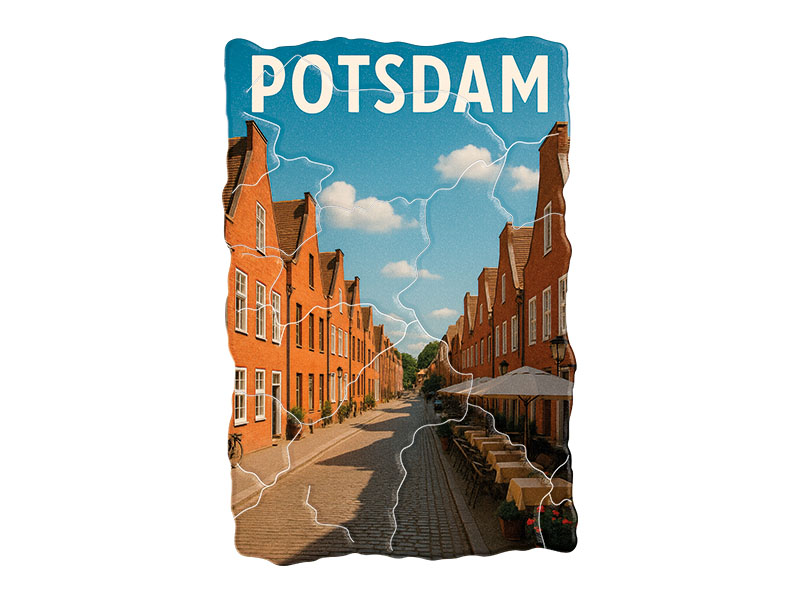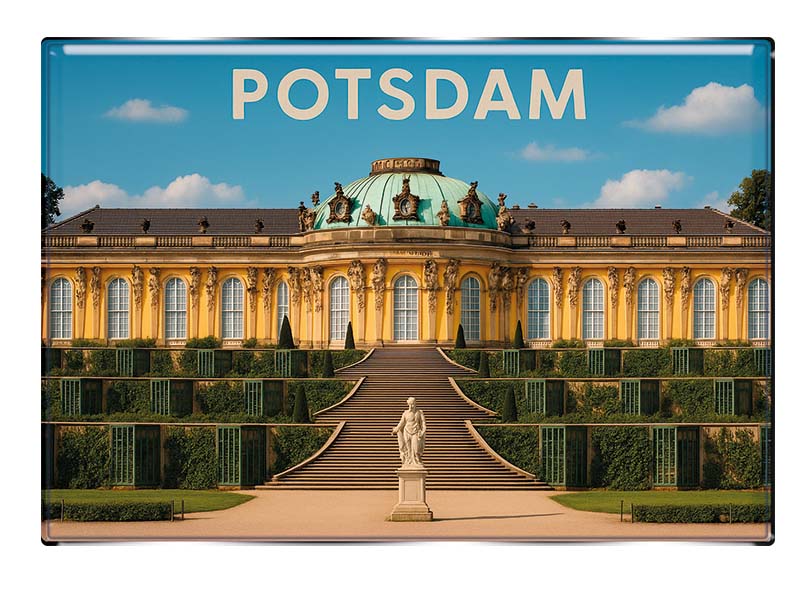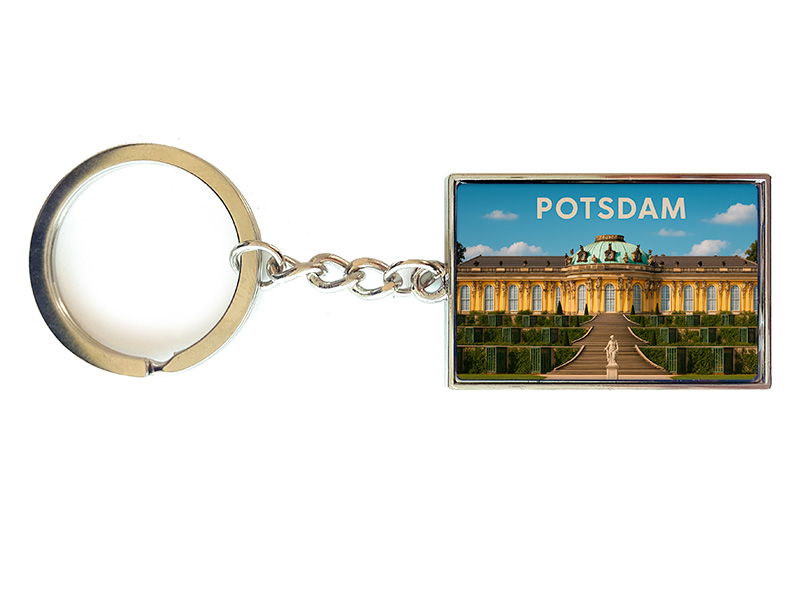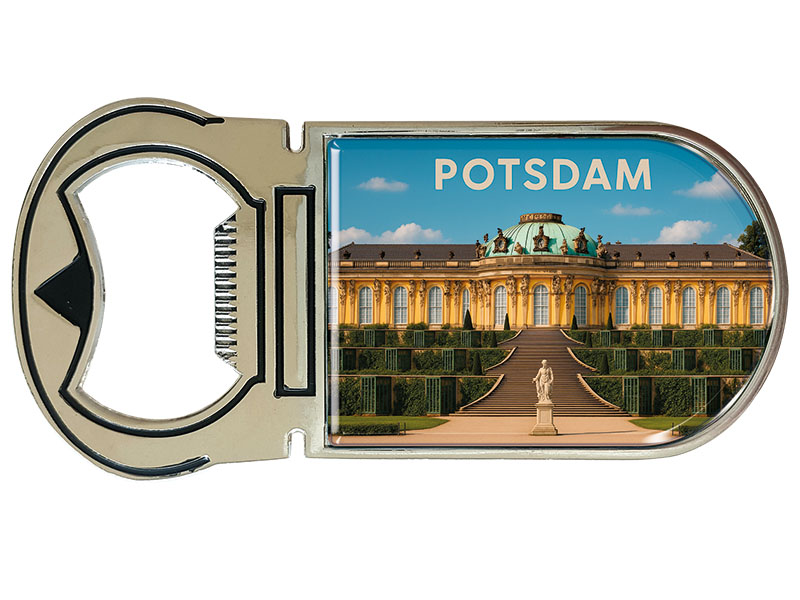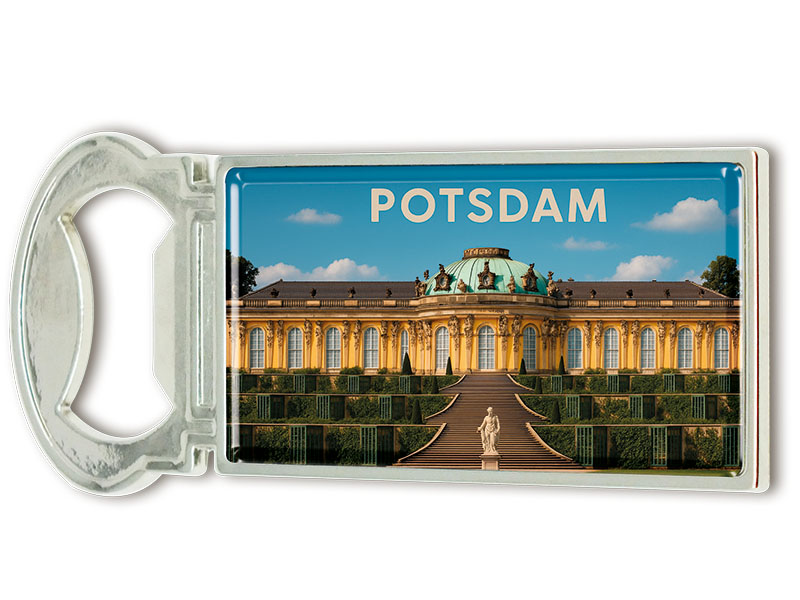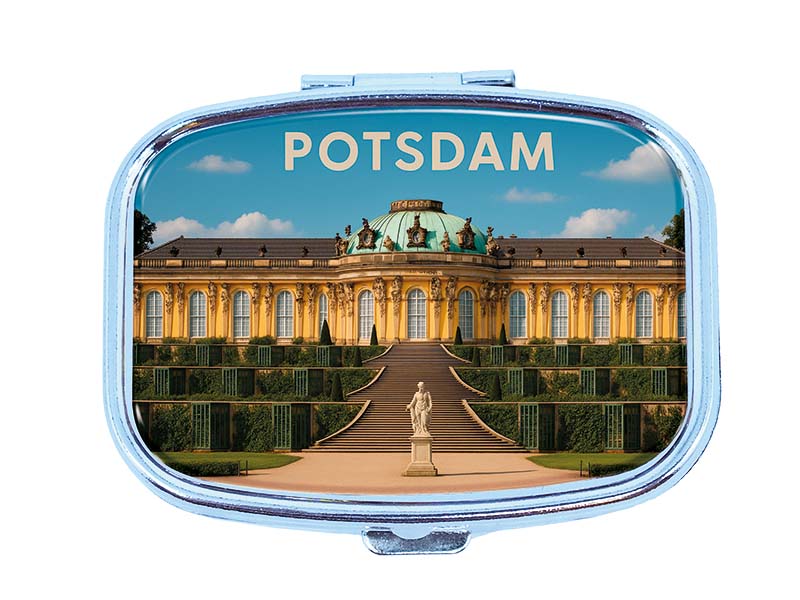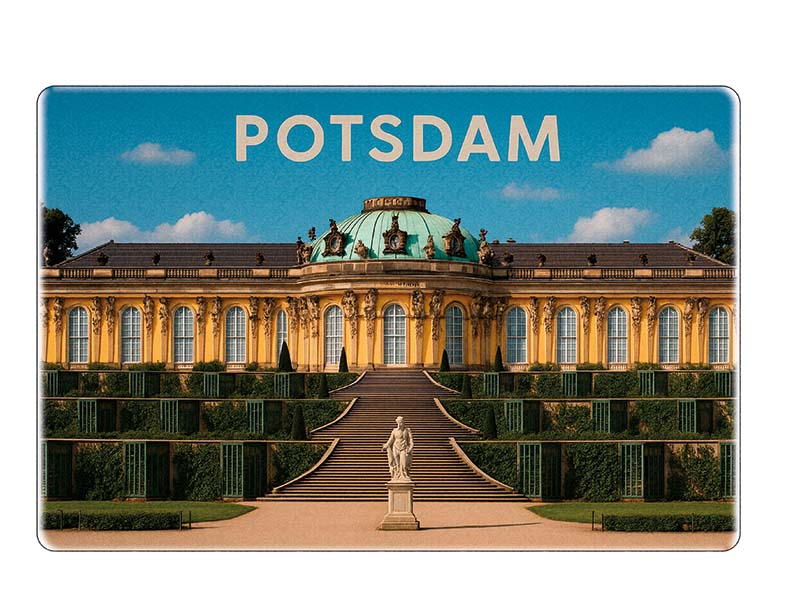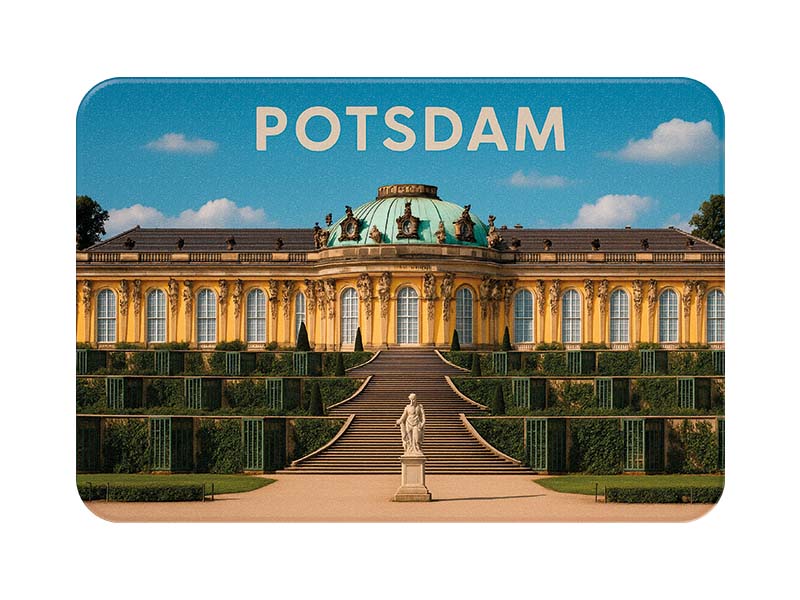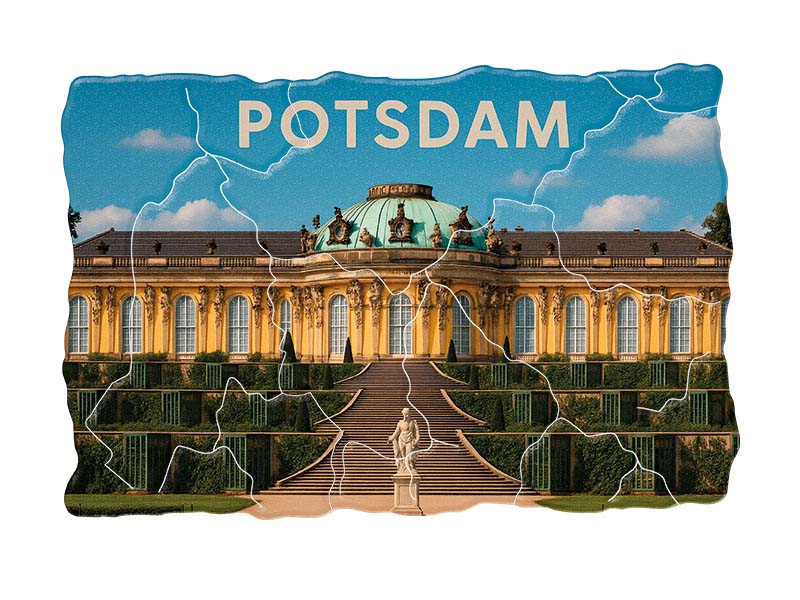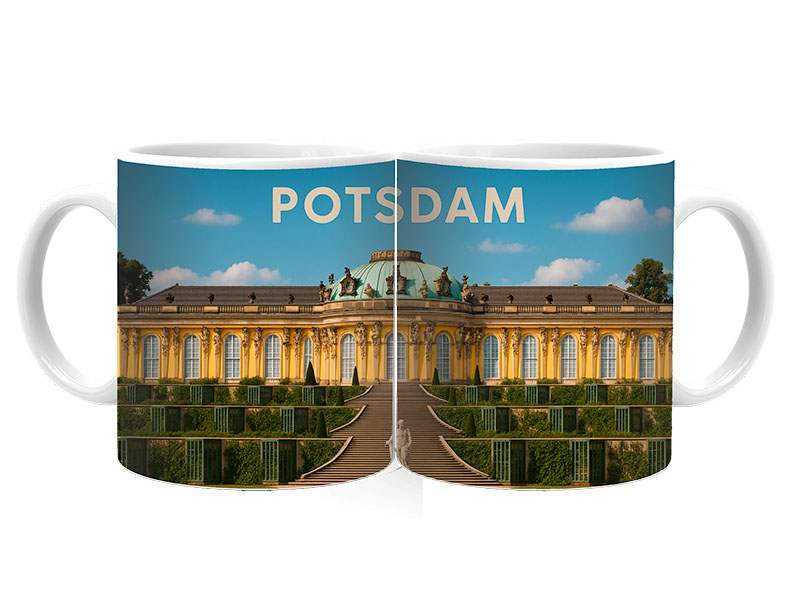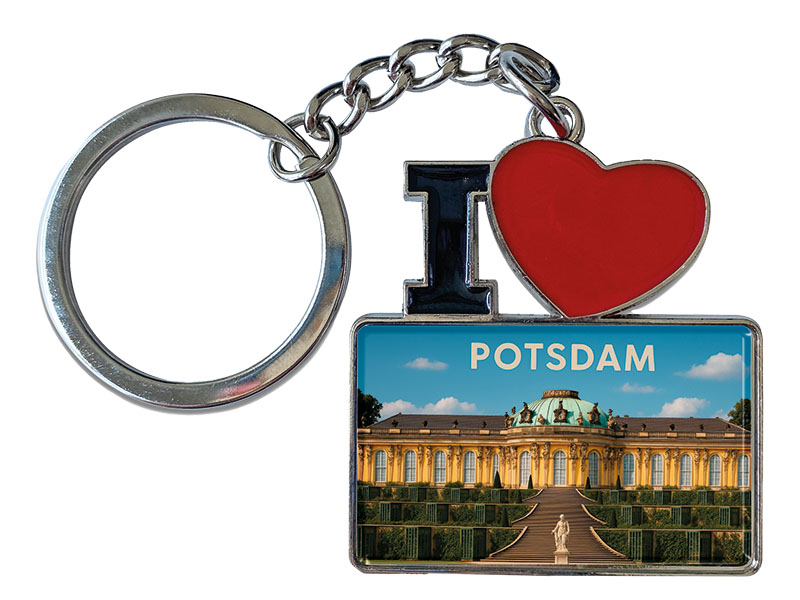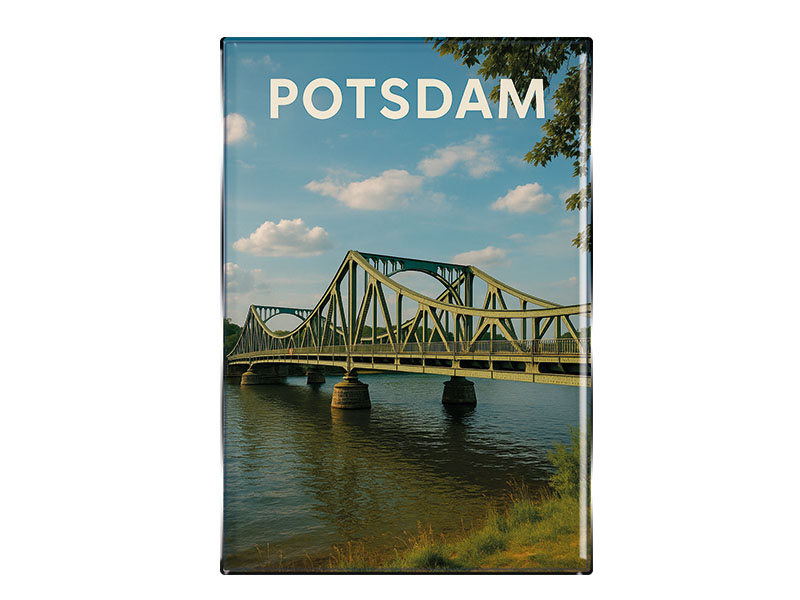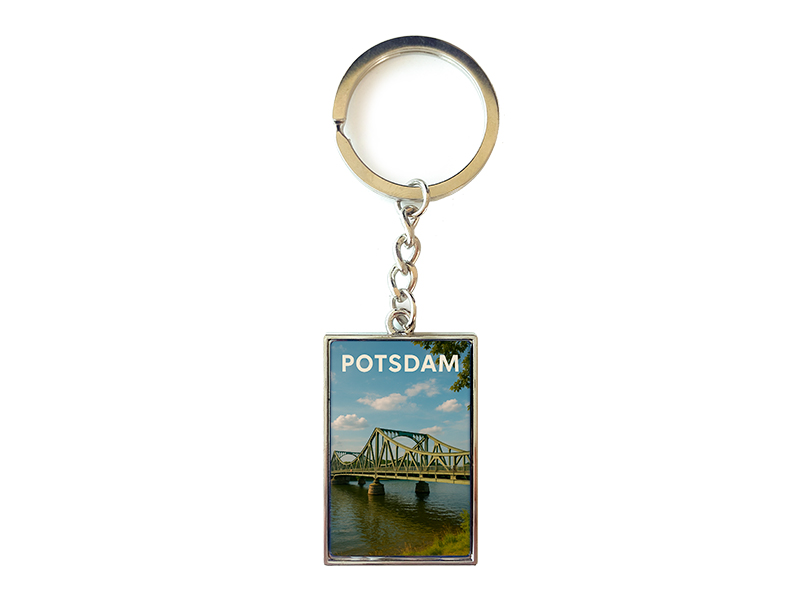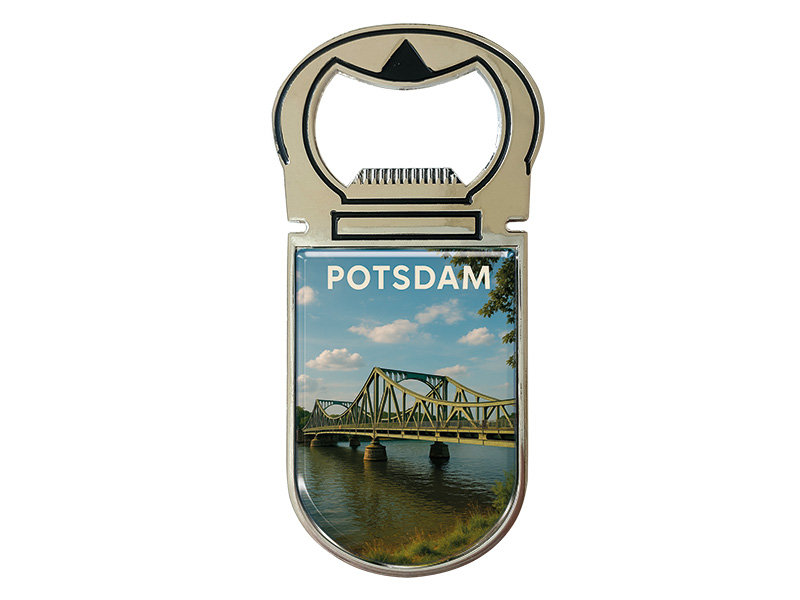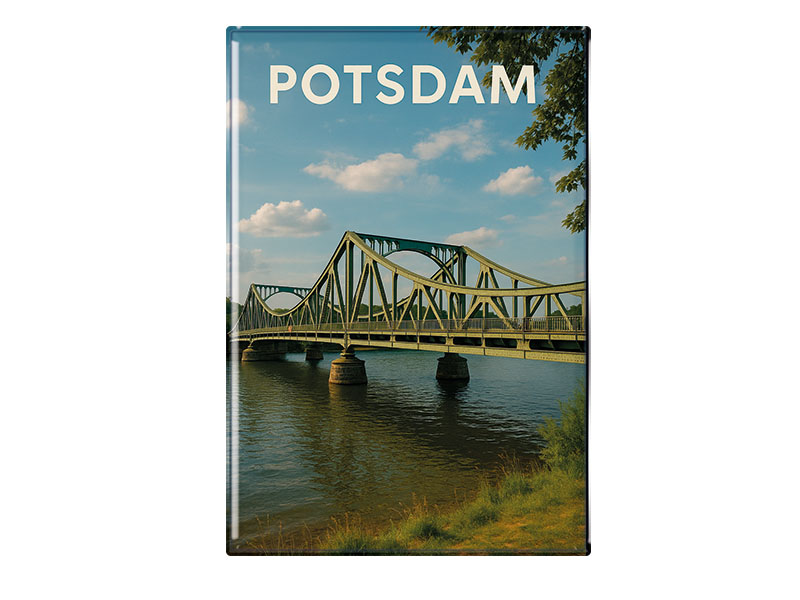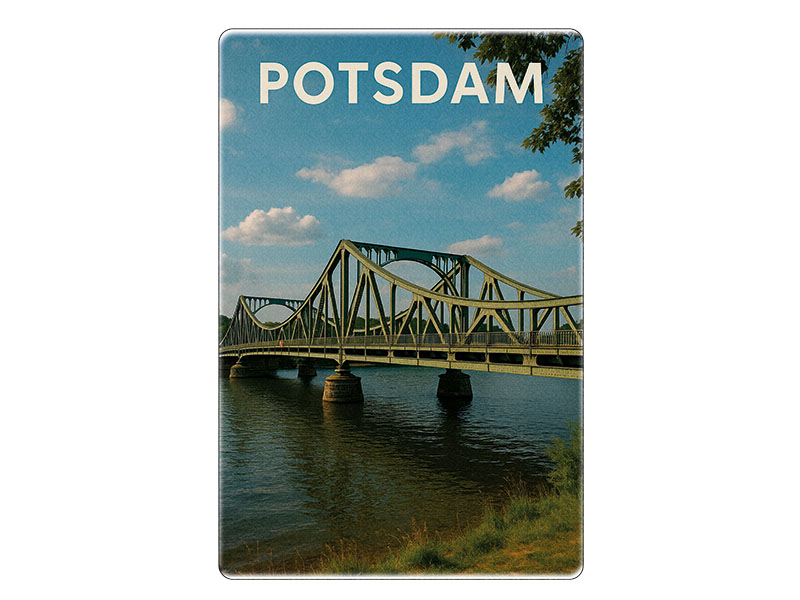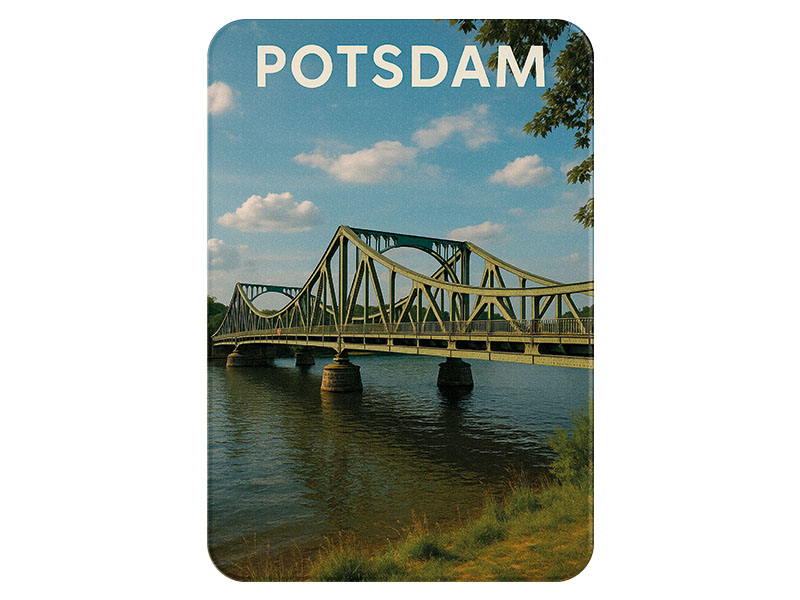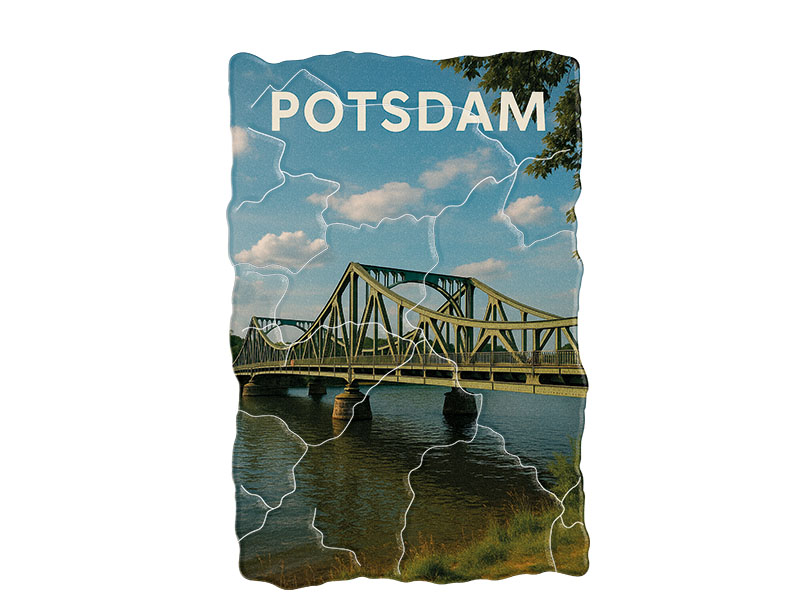- Vehicles
- Figures
- Witches
- Carnival
- Canvas
- Magnets
- Materials
- Maritime
- Hats
- New products
- Personalize
- Plush
- Dolls
- Collectible figures
- Keychain
- Special production
- %Special offers%
- Money boxes
-
Cities - Regions
- Bad Säckingen
- Bamberg
- Bayerischer Wald
- Berchtesgaden
- Berlin
- Bodensee
- Bremen
- Brocken
- Chiemsee
- Cochem
- Dinkelsbühl
- Dresden
- Eibsee
- Frankfurt
- Freiburg
- Gardasee
- Garmisch-Partenkirchen
- Hamburg
- Harz
- Heidelberg
- Helgoland
- Insel Mainau
- Kleinwalsertal
- Koblenz
- Köln
- Königssee
- Leipzig
- Lübeck
- Mecklenburgische Seenplatte
- München
- Nürnberg
- Oberammergau
- Passau
-
Potsdam
- Quedlinburg
- Regensburg
- Rothenburg
- Rügen
- Schwarzwald
- Stuttgart
- Sylt
- Titisee
- Traunsee
- Triberg
- Ulm
- Wernigerode
- Bags/Backpacks
- Textile
- Animal
- Subjects
More information? sign in.
More information? sign in.
More information? sign in.
More information? sign in.
More information? sign in.
More information? sign in.
More information? sign in.
More information? sign in.
More information? sign in.
More information? sign in.
More information? sign in.
Potsdam – A City of History, Culture, and Natural Beauty
Potsdam, the capital of the German federal state of Brandenburg, is widely regarded as one of the most historically rich and beautiful cities in Germany. Known for its magnificent palaces, expansive parks, and as the former royal residence of the Prussian kings, Potsdam attracts visitors from all over the world every year. The city uniquely combines historic architecture, vibrant cultural life, and scenic landscapes.
History and Origins
The origins of Potsdam go back more than a thousand years. The city was first documented in 993 under the name “Poztupimi,” which has Slavic roots and likely means “under the oaks.” For centuries, Potsdam remained a rather insignificant settlement until the 17th century when Frederick William, the Great Elector of Brandenburg, began to recognize its strategic and political potential.
In 1660, Potsdam was declared a secondary residence of the Brandenburg electors, a decision that would transform the small town into a place of grandeur. A decisive turning point came in the 18th century under Frederick the Great. He transformed Potsdam into a cultural center of the Enlightenment and commissioned the construction of Sanssouci Palace, which remains the city’s most famous landmark.
In the 19th century, Potsdam became a significant garrison town. Military structures, parade grounds, and barracks shaped much of its urban development. Later, under Emperor Wilhelm II, Potsdam expanded further and became associated with imperial prestige.
The city gained worldwide recognition after World War II, when the Potsdam Conference was held in 1945 at Cecilienhof Palace. The leaders of the Allied powers – Churchill, Truman, and Stalin – met here to decide on the political order of post-war Europe.
During the era of the German Democratic Republic (GDR), Potsdam became an important administrative and industrial hub. Following the reunification of Germany in 1990, extensive restoration programs revived its historical buildings and palaces, and Potsdam re-emerged as a cultural and scientific capital.
Population and Modern Development
Today, Potsdam has around 185,000 inhabitants, making it a mid-sized German city. It has experienced steady population growth, fueled by its proximity to Berlin and its reputation as a livable, family-friendly city with a high quality of life. Students, researchers, and creative professionals in particular are drawn to Potsdam.
The city is home to the University of Potsdam, the Babelsberg Film University, and numerous scientific institutions such as the Potsdam Institute for Climate Impact Research. This makes it one of Germany’s leading centers for education and innovation.
Sights and Attractions
Potsdam is world-renowned for its stunning cultural landmarks, many of which are part of the UNESCO World Heritage Site “Palaces and Parks of Potsdam and Berlin.”
The most iconic attraction is Sanssouci Palace, often referred to as the “Prussian Versailles.” Built between 1745 and 1747, this Rococo masterpiece was the summer residence of Frederick the Great. The palace’s surrounding gardens, terraces, and sculptures form one of the most impressive park landscapes in Europe.
At the other end of the park lies the New Palace, built after the Seven Years’ War as a symbol of Prussia’s strength and prosperity. Its grand architecture and lavish interiors make it one of the highlights of a Potsdam visit.
Another landmark of international significance is Cecilienhof Palace, constructed in the early 20th century in the style of an English country house. The palace became famous as the site of the Potsdam Conference in 1945, marking it as a place where global history was made.
The Historic City Center also deserves attention. The Brandenburg Gate of Potsdam, built in 1770, predates its more famous Berlin counterpart and commemorates Prussia’s military victories. The Dutch Quarter with its red-brick gabled houses, built for Dutch artisans in the 18th century, offers a unique atmosphere that transports visitors straight into the Netherlands. The Old Market Square, with its majestic St. Nicholas’ Church and the reconstructed City Palace – now the seat of the Brandenburg State Parliament – is another central attraction.
No less famous is Babelsberg, home to the legendary Babelsberg Film Studios. Founded in 1912, these are the oldest large-scale film studios in the world and have hosted the production of cinematic classics such as Metropolis. Today, the studios remain active and attract international film productions. The Filmpark Babelsberg, a theme park dedicated to film and television, is a family-friendly attraction that brings cinema history to life.
Tourism and Visitor Numbers
With its extraordinary cultural and natural heritage, Potsdam ranks among Germany’s top tourist destinations. Every year, around 2.5 to 3 million tourists visit the city. Many arrive on day trips from nearby Berlin, but an increasing number of international visitors spend several days in Potsdam to explore its many palaces, gardens, and museums.
Popular cultural events such as the Potsdam Palace Night, open-air concerts in Sanssouci Park, and performances in the Nikolaisaal concert hall add to the city’s appeal.
Geographic Location and Natural Setting
Potsdam lies just southwest of Berlin and is beautifully situated along the River Havel. The city is surrounded by a network of lakes, rivers, and canals, giving it a scenic and serene character. Among the most popular bodies of water are the Templiner See, the Tiefer See, and the Heiliger See.
Green spaces and parks are abundant, with landscapes designed by famous architects like Peter Joseph Lenné and Karl Friedrich Schinkel. The city’s natural setting makes it ideal for outdoor recreation such as sailing, rowing, and cycling. The Babelsberg Park, stretching along the Havel, is a favorite for both locals and tourists.
Federal State and Political Importance
As the capital of Brandenburg, Potsdam is the political center of the state. The Brandenburg Parliament, various ministries, and state authorities are based in the city. At the same time, its proximity to Berlin makes Potsdam part of one of the most dynamic metropolitan regions in Europe.
Famous People Connected to Potsdam
Numerous historical and modern figures are associated with Potsdam. Frederick the Great left an indelible mark on the city’s architecture and culture. Kaiser Wilhelm II also resided here before World War I.
In the 20th century, Albert Einstein had a summer residence in Potsdam – the “Einstein House” at Caputh near Lake Templin – where he spent many peaceful moments away from his scientific work.
Potsdam is also the birthplace of several well-known contemporary figures, including German actor Matthias Schweighöfer and actress Nina Hoss. European Commission President Ursula von der Leyen spent part of her youth in Potsdam as well. Thanks to Babelsberg’s global film industry, numerous international film stars have worked in Potsdam over the decades.
Traditional Food and Drinks
The culinary traditions of Potsdam reflect Brandenburg’s regional cuisine, which is hearty and rustic. A classic dish often associated with the region is Königsberger Klopse (meatballs in a creamy caper sauce). Although originally from East Prussia, it has become a staple in Brandenburg’s kitchens.
Potatoes play a central role in local cooking, as Brandenburg is sometimes referred to as Germany’s “potato country.” Dishes such as potato pancakes, dumplings, and casseroles are common.
Given Potsdam’s location amid rivers and lakes, freshwater fish is highly popular. Dishes featuring pike, perch, and zander are common specialties in local restaurants. The Spreewald gherkins, pickled cucumbers from a nearby region, are another culinary highlight often enjoyed as a side dish.
When it comes to drinks, regional beers and fruit wines from the Havelland are popular. Visitors will also find liqueurs and schnapps made from local berries and fruits.
Souvenirs from Potsdam
Tourists looking for souvenirs in Potsdam have many options. Miniature replicas of Sanssouci Palace or artistic prints of the city’s gardens are among the most popular items. In the Dutch Quarter, handcrafted ceramics, glassware, and wooden objects are widely available and make for unique gifts.
Culinary souvenirs include Spreewald pickles, sanddorn (sea buckthorn) products, and local wines or spirits. For movie enthusiasts, memorabilia from the Filmpark Babelsberg – from vintage film posters to themed merchandise – is a perfect reminder of Potsdam’s cinematic history.
Conclusion
Potsdam is a city where history and the present harmoniously intertwine. With its palaces, parks, historic quarters, and vibrant cultural scene, it embodies centuries of Prussian grandeur while simultaneously thriving as a modern scientific and artistic hub. Its proximity to Berlin, its stunning landscapes along the Havel, and its international significance make it one of Germany’s most outstanding travel destinations.
Whether visiting for a day trip, as a student, or for a longer stay, Potsdam enchants all who come and ensures that its unique charm leaves a lasting impression.

